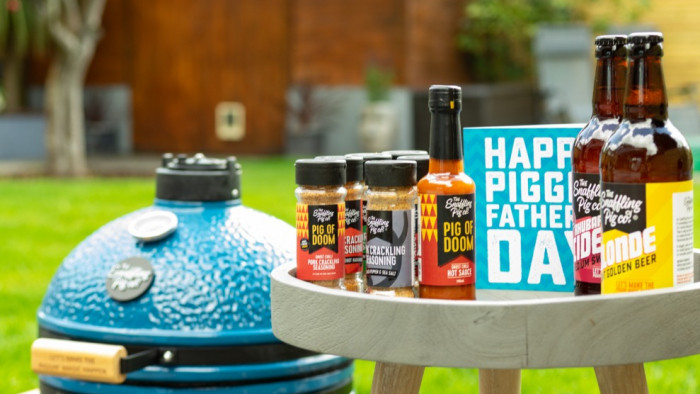As simple as it is tasty, mozzarella caprese – or insalata caprese to some (essentially mozzarella and tomato salad) – is the king of Italian salads.
Even better, any old fool can prepare it. According to Lukas Pfaff, head chef at London’s exquisite Sartoria, the key is to use the finest ingredients.
“Get the real deal,” he says, “and you’re in for a fabulous treat. It’s a great summery dish.”
Ingredients:
4 Buffalo Mozarella
200g Pachino tomato
200g Merinda tomato
Half a bunch of Basil
Drizzles of Coratina extra virgin olive oil
Pinch of sea salt
Serves four as antipasto
Recipe:
Cut all the tomatoes and place in a large bowl, dress with the olive oil, seasoning and hand torn basil leaves.
Pile dressed tomatoes onto a large plate.
Sit Mozzarella on the top.
Method:
“Always use buffalo mozzarella from Italy,” says Pfaff. “In particular from the Campania region. This is the best area for mozzarella and is protected with its own DOC (denominazione di origine controllata – quality assurance) status. The packet should have a trademark stamp. Buffalo mozzarella has more flavour than cows’ milk because of its high fat content.
“It’s vital that the mozzarella is served at ambient room temperature. Too cold – fridge cold - and it turns tasteless. Take it out the fridge an hour before you wish to use it. Leave it in its water and place in a bowl; this helps the mozzarella to come alive.
“This recipe needs two varieties of tomatoes. I would use a merinda – a beef tomato – and the pachino, a vine-ripened cherry tomato. The merinda gives the dish crunch, while the pachino adds sweetness. Try and use the beef tomatoes as a base to the dish.
“Use fresh basil and tear by hand, don’t cut it with a knife because it will bruise and turn black. The flavour of the basil is released better when torn.
“It’s important to use a good olive oil. I would suggest a Coratina extra virgin olive oil. It’s strong and peppery and will bring the dish alive; it supports the simple but distinct flavours.
“Serve with a chilled glass of Pinot Grigio.”
Latest
Related Reviews and Shortlists










